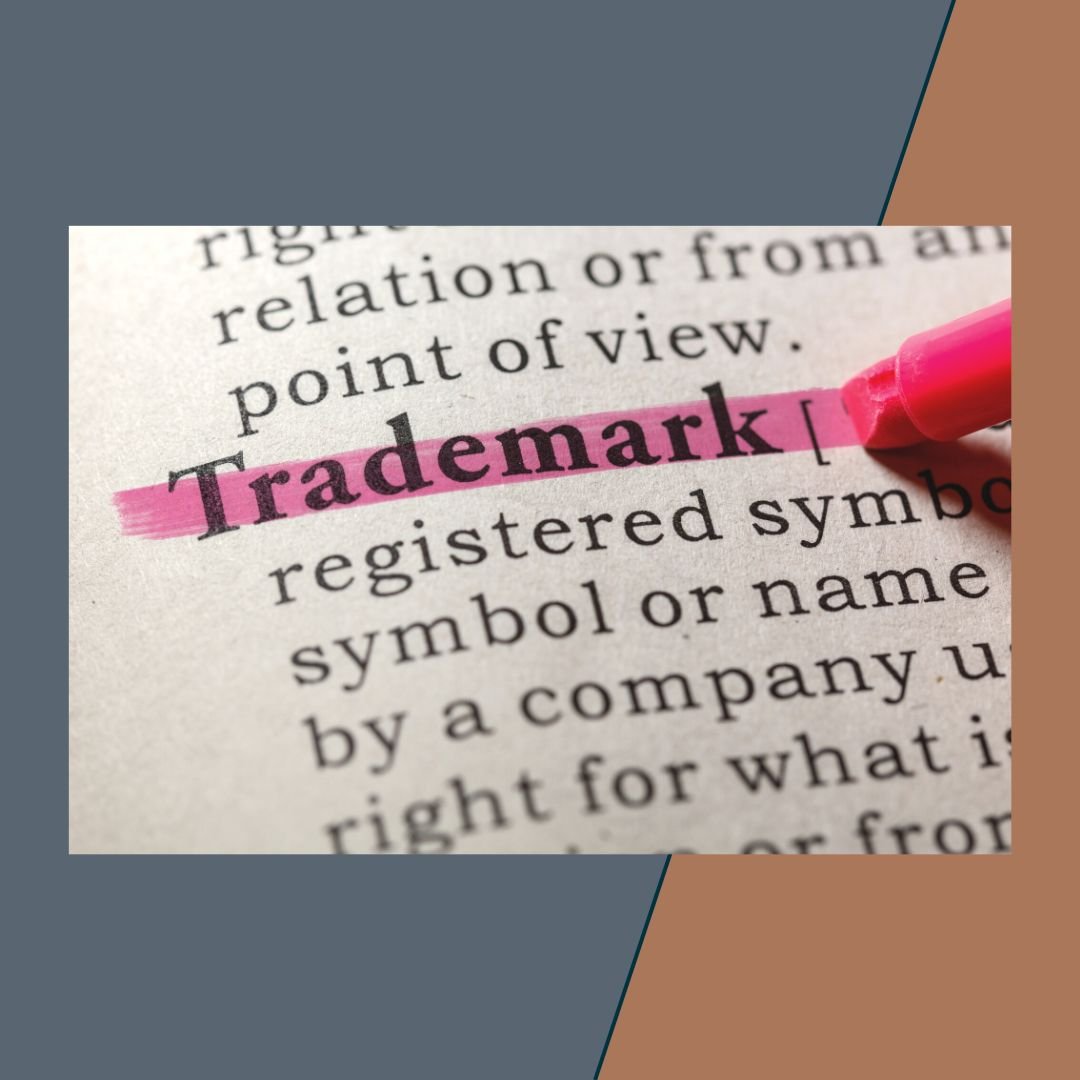OUR
thoughts
Any statements contained herein do not constitute a formal legal opinion and should not be relied upon as such. These articles are intended for general informational purposes only. Nothing expressed shall be grounds for the creation of an attorney-client relationship. Our attorneys can give legal advice only in the context of an attorney-client relationship after a conflict check, the execution of a representation agreement and a discussion of the specific information and unique issues of your particular circumstances.

Likelihood of confusion: what does it mean?
One of the most common rejections (“office actions”) the United States Patent and Trademark Office (USPTO) issues is under Section 2(d) of the Lanham Act. This section of the law states that any trademark that so resembles a mark registered with the USPTO, or a mark or trade name previously used in the United States by another and not abandoned, which is likely to cause confusion, mistake or to deceive when used on or in connection with the goods of the applicant, the application should be rejected by the USPTO. In English: if an application is so similar to an already registered trademark, such that it would cause confusion in the public, the USPTO will refuse registration to the applicant.

Trademark registrations under state law
By now, most people generally know that a business can register its trademark(s) with the United States Patent and Trademark Office (USPTO). Some know that doing so will help them achieve nationwide protection for their trademark(s). Most do not know that it is also possible to register their trademark under state law. In North Carolina, for instance, the Secretary of State Trademarks Division maintains a database of state-registered trademarks.